Smart Flow: Automated Sensor-Activated Irrigation System
The Smart Flow Irrigation System is an educational working model that showcases efficient irrigation using soil moisture sensors. It automates watering based on real-time data, promoting sustainable farming and water conservation.
5 in stock
Smart Flow: Automated Sensor-Activated Irrigation System
Description:
The Smart Flow Automated Sensor-Activated Irrigation System is an innovative and efficient model designed to introduce students to the principles of modern irrigation techniques. The model uses sensors to detect soil moisture levels and automates the watering process, ensuring optimal water usage while promoting sustainable agriculture.
Components and Materials
- Microcontroller (Arduino/ESP8266/Node MCU) – Acts as the brain of the system, processing sensor data.
- Soil Moisture Sensor – Measures the moisture level in the soil.
- Water Pump (AC or DC) – Delivers water to the plants when the system is activated.
- Relay Module – Controls the pump based on sensor readings.
- Power Supply (Battery or Adapter) – Powers the system.
- Drip Tubes or Sprinklers – Distributes water evenly to plants.
- Connecting Wires – Links all components.
- Foam Board/Sun board – Provides a sturdy base for the model.
- LED Indicators – Displays system status (e.g., dry, wet, or active).
- Water Tank – Acts as the reservoir for the water supply.
- PVC Pipes/Straws – Channels water from the pump to the irrigation system.
- Buzzer (Optional) – Alerts users about system activation or faults.
Working Principle
- The soil moisture sensor continuously monitors the soil’s moisture levels.
- The sensor sends the data to the microcontroller.
- When the moisture level drops below a predefined threshold, the microcontroller activates the relay.
- The relay powers the water pump, initiating the flow of water through the drip tubes or sprinklers.
- Once the soil reaches the desired moisture level, the microcontroller deactivates the pump, conserving water.
Circuit Diagram
The circuit consists of:
- A microcontroller connected to a soil moisture sensor and relay module.
- The relay is linked to the water pump.
- Power supply connections ensure the functioning of all components. Detailed diagrams can be drawn as per specific model requirements.
Programming
A simple program is uploaded to the microcontroller to:
- Read data from the soil moisture sensor.
- Compare it to the threshold value.
- Activate or deactivate the relay and pump based on the sensor readings.
Testing and Calibration
- Test the soil moisture sensor in different soil conditions to determine accurate readings.
- Calibrate the system to ensure the pump activates only when necessary.
- Test the water distribution to ensure even irrigation.
Advantages
- Saves water by automating irrigation.
- Reduces manual labor.
- Promotes sustainable and efficient farming practices.
- Provides hands-on learning for students.
Disadvantages
- Initial setup can be complex for beginners.
- Requires a consistent power supply.
- Sensors may degrade over time, requiring maintenance.
Key Features
- Fully automated irrigation process.
- Sensor-based moisture detection for precision.
- Compact and easy-to-build model for educational purposes.
- Scalable for larger applications.
Applications
- Demonstrates smart farming techniques in classrooms.
- Ideal for science exhibitions and project competitions.
- Can be used in small gardens or greenhouses.
Safety Precautions
- Ensure all electrical connections are insulated.
- Avoid water spillage near electronic components.
- Use a low-voltage power supply for safety.
Mandatory Observations
- Monitor sensor accuracy during operation.
- Check for leaks in the water distribution system.
- Ensure the power supply is stable.
Conclusion
The Smart Flow Automated Sensor-Activated Irrigation System offers a practical solution for water-efficient agriculture. By building this model, students gain valuable insights into IoT applications and sustainable farming methods.
Future Enhancements
- Integration with weather monitoring systems.
- Adding a mobile app for remote control and monitoring.
- Incorporating renewable energy sources like solar panels for power.
| Weight | 0.4 kg |
|---|---|
| Dimensions | 26 × 26 × 14 cm |
You must be logged in to post a review.
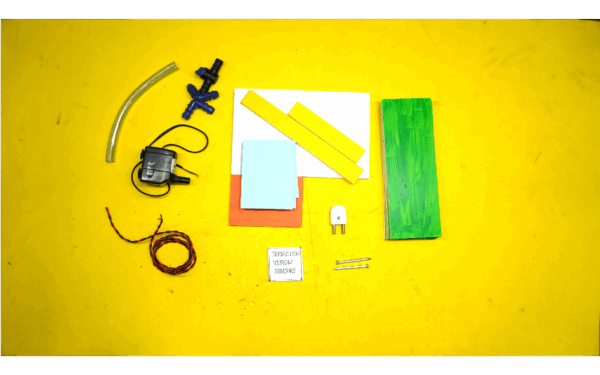
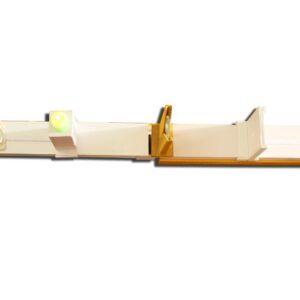
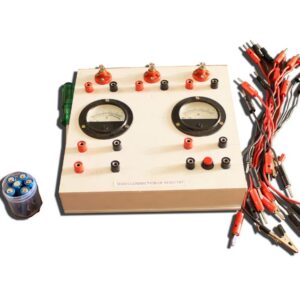
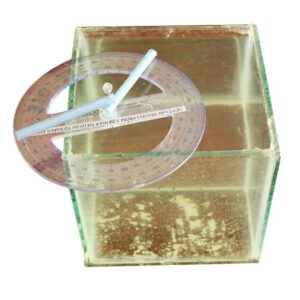
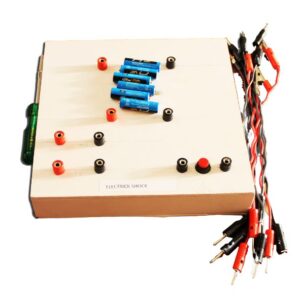
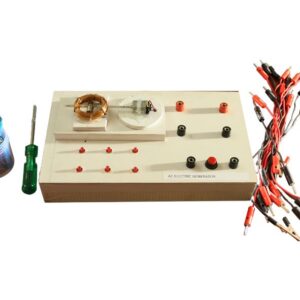
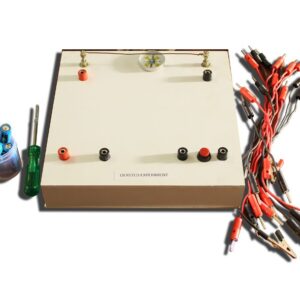
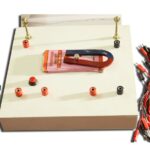
Reviews
There are no reviews yet